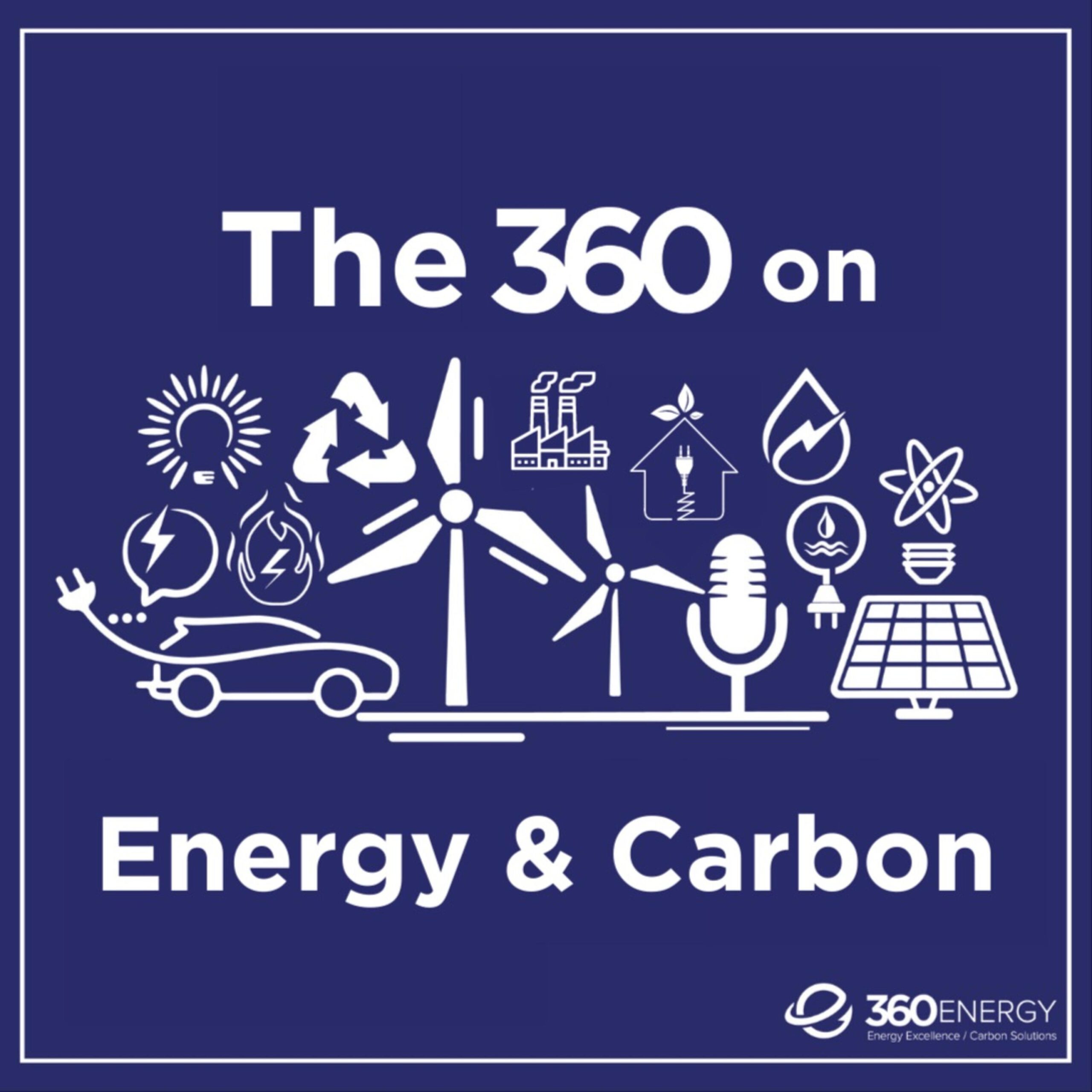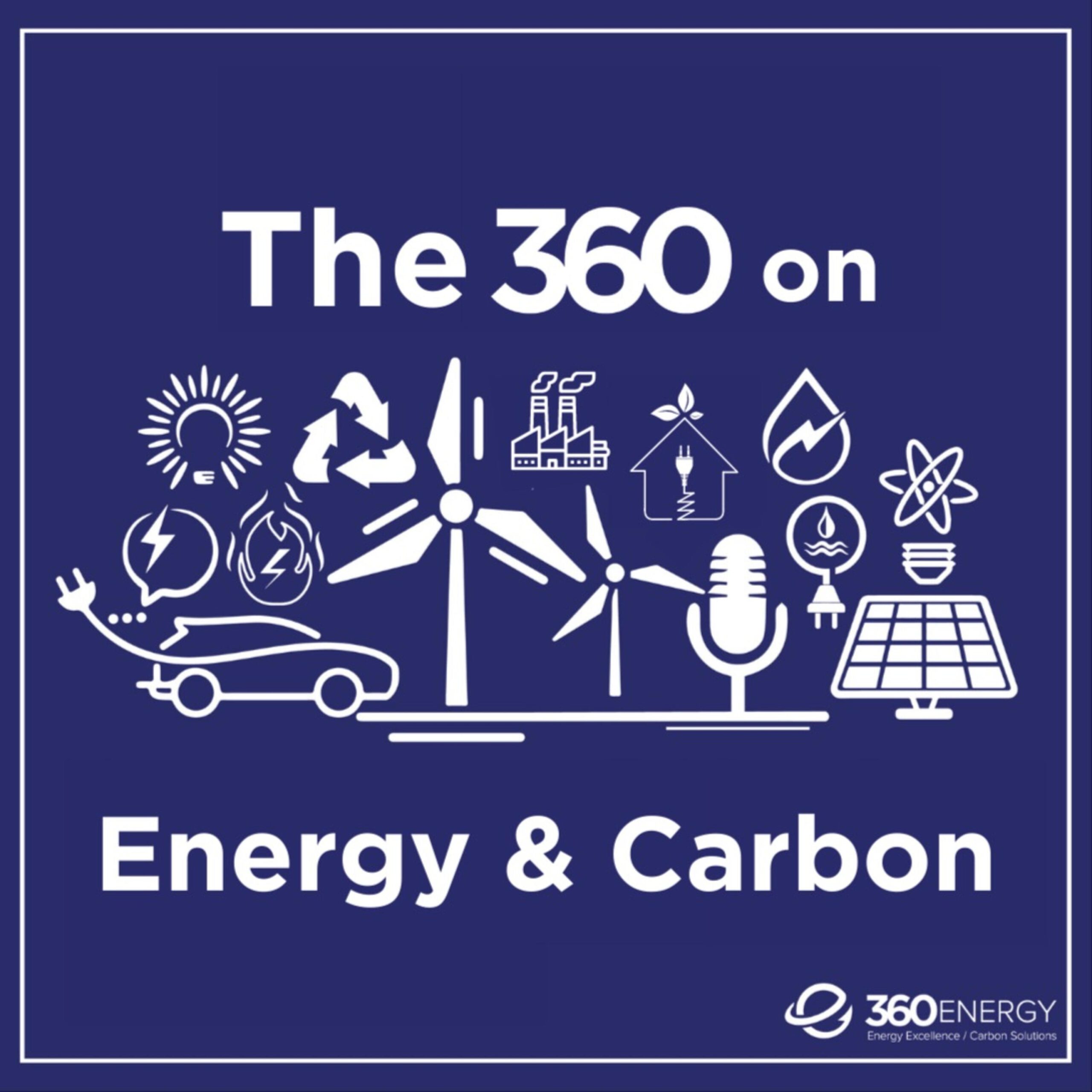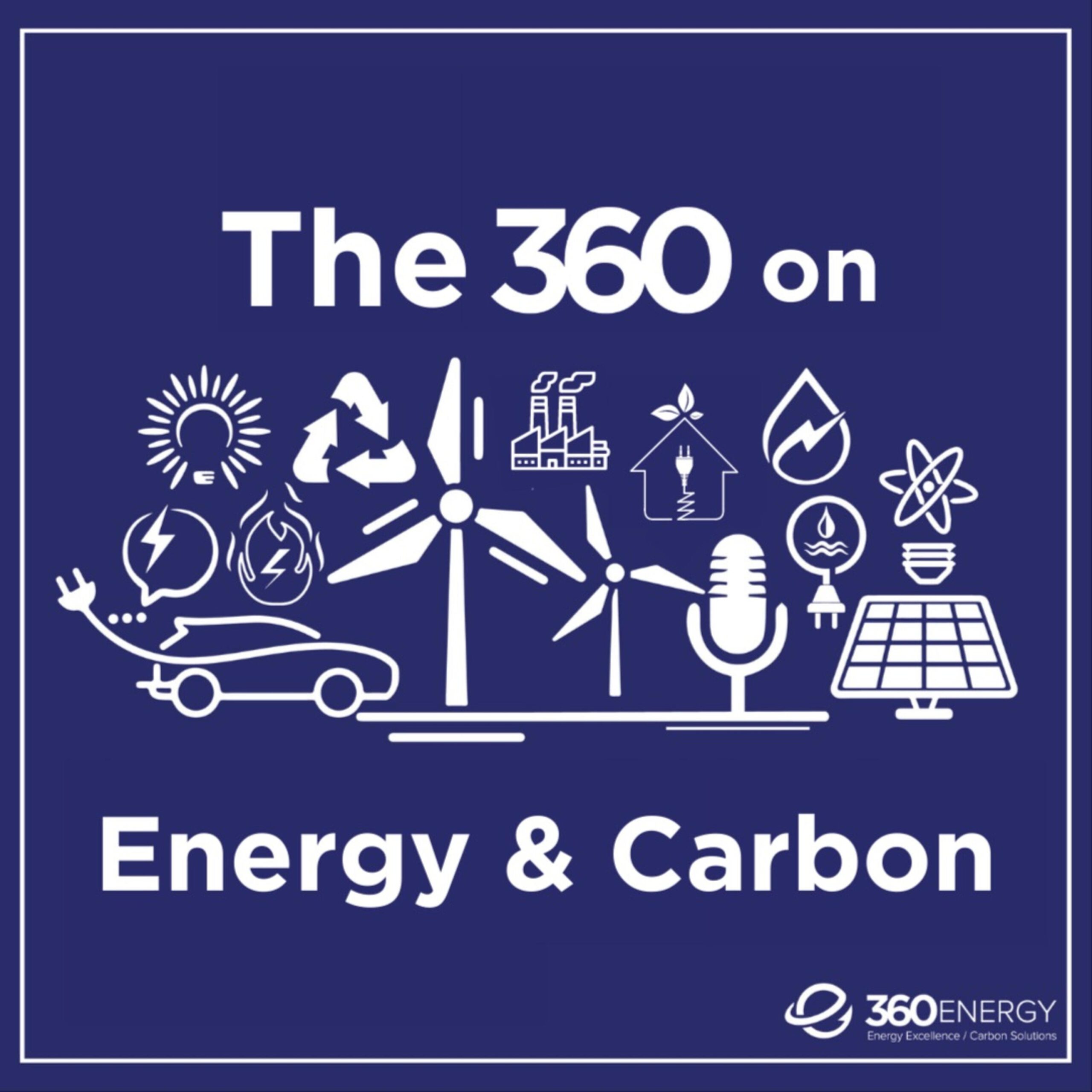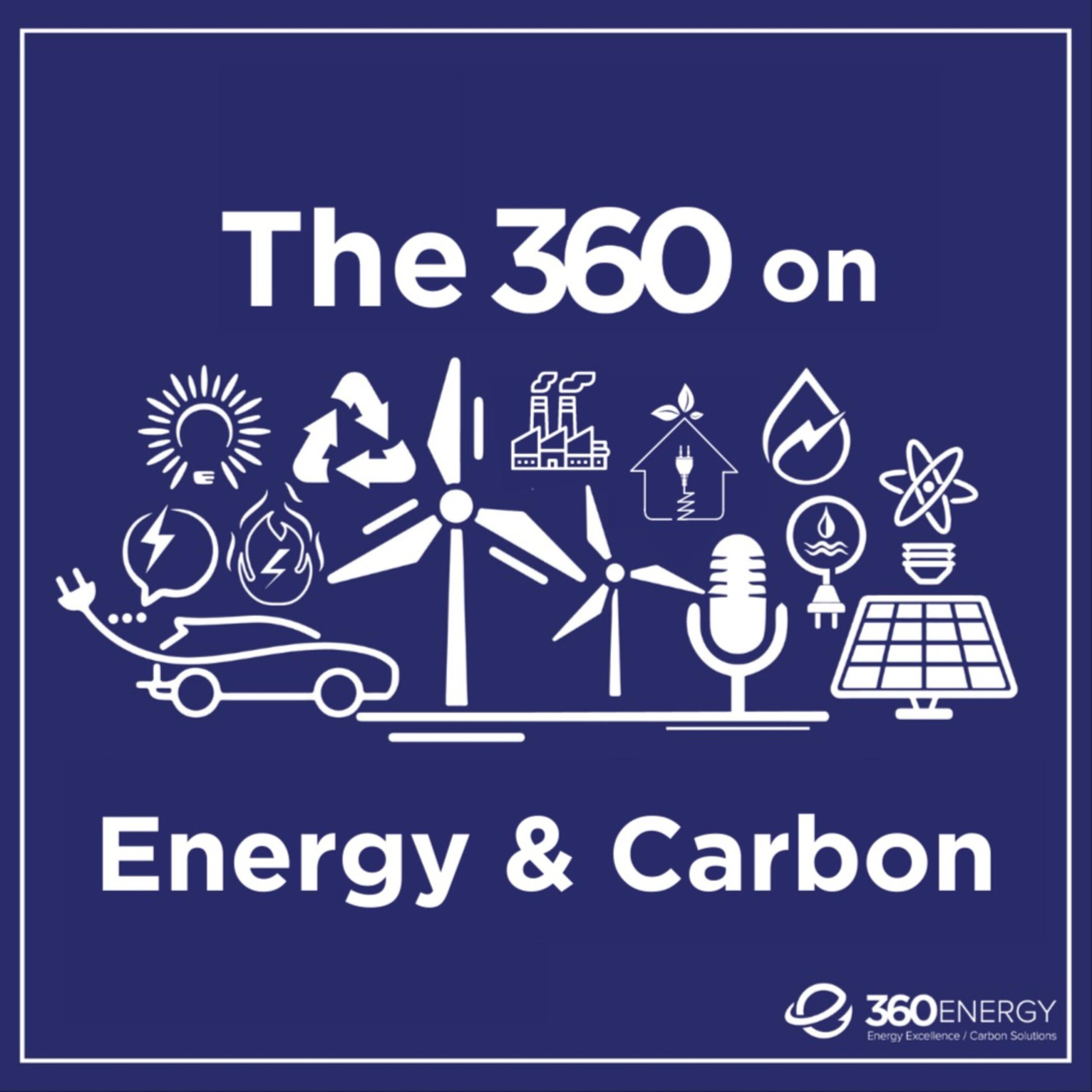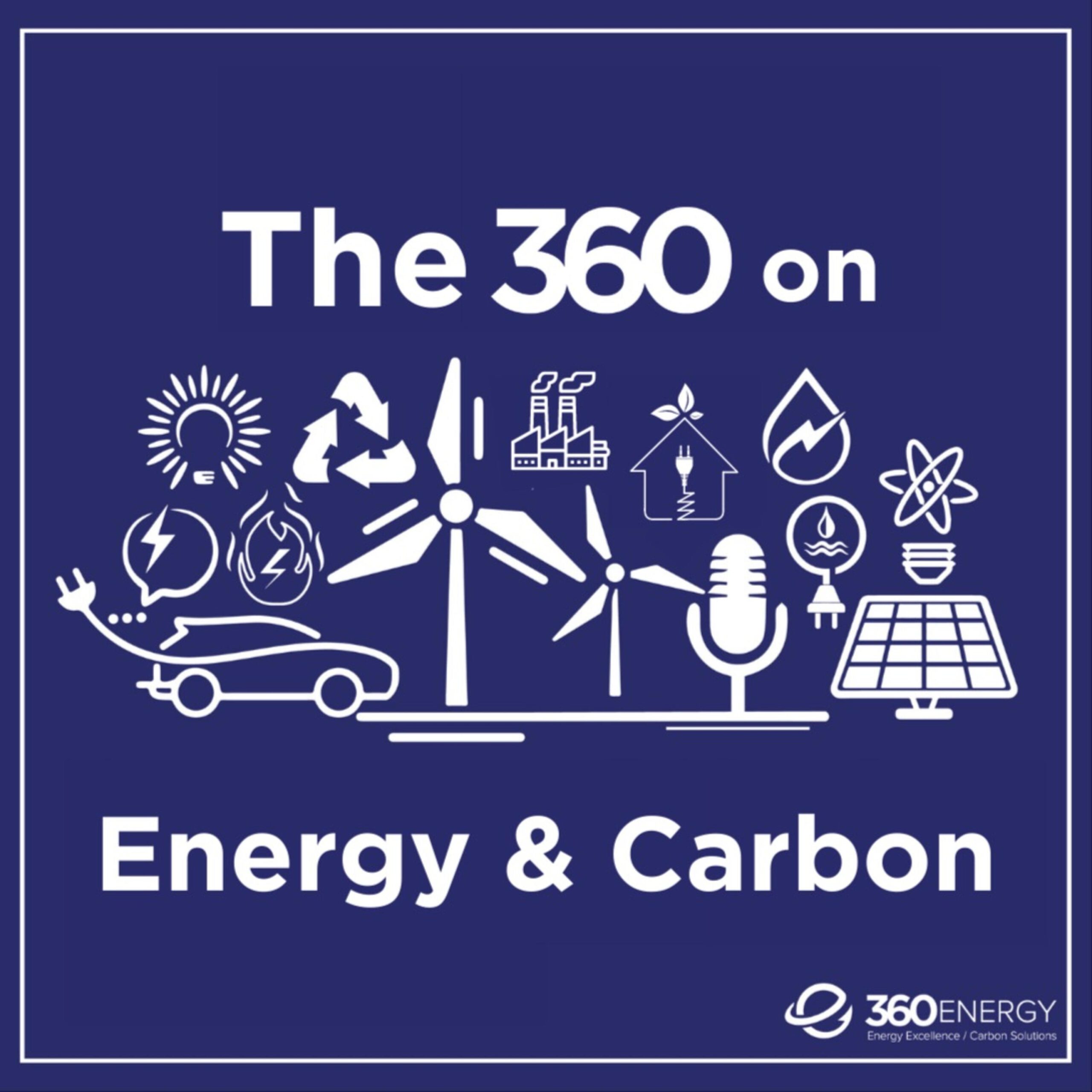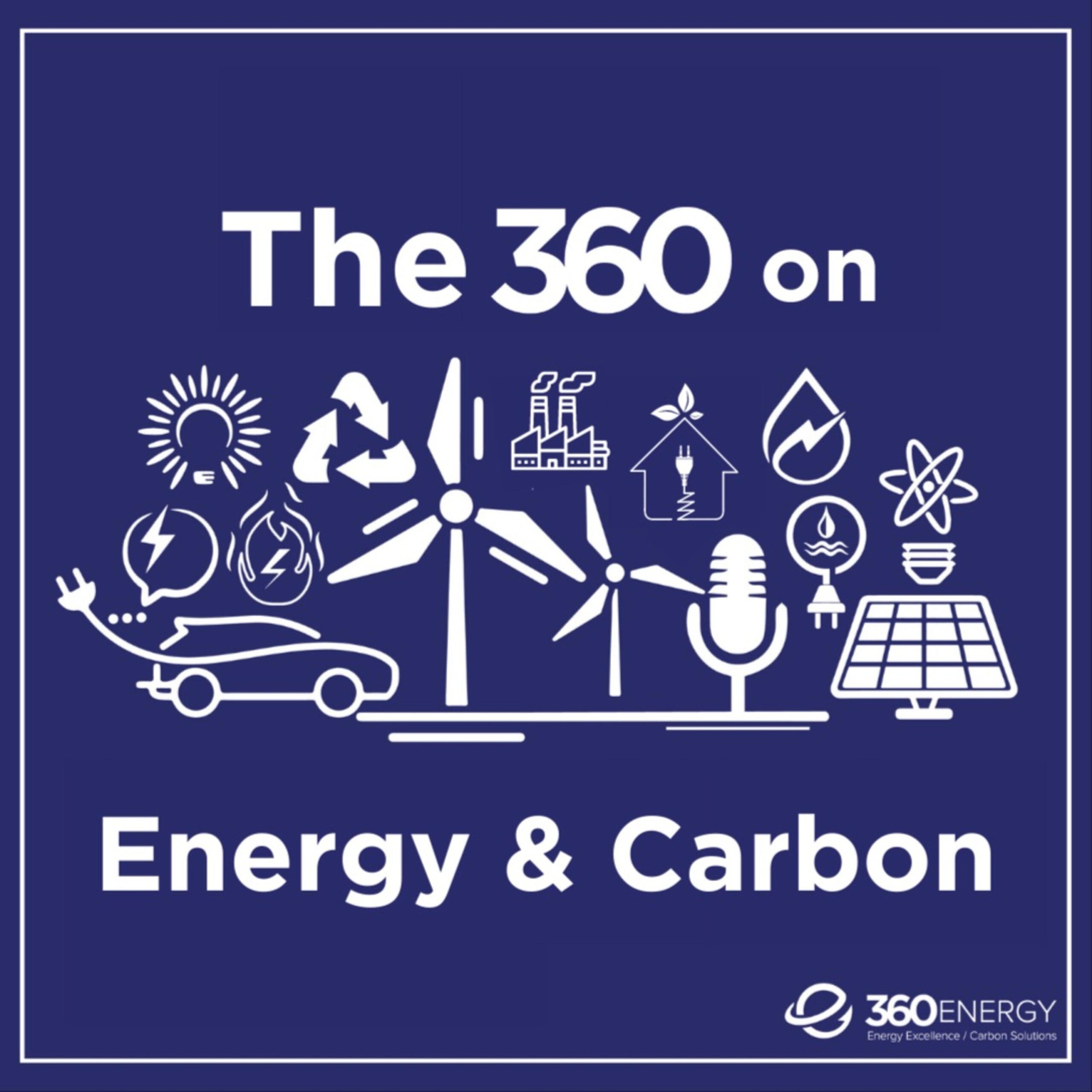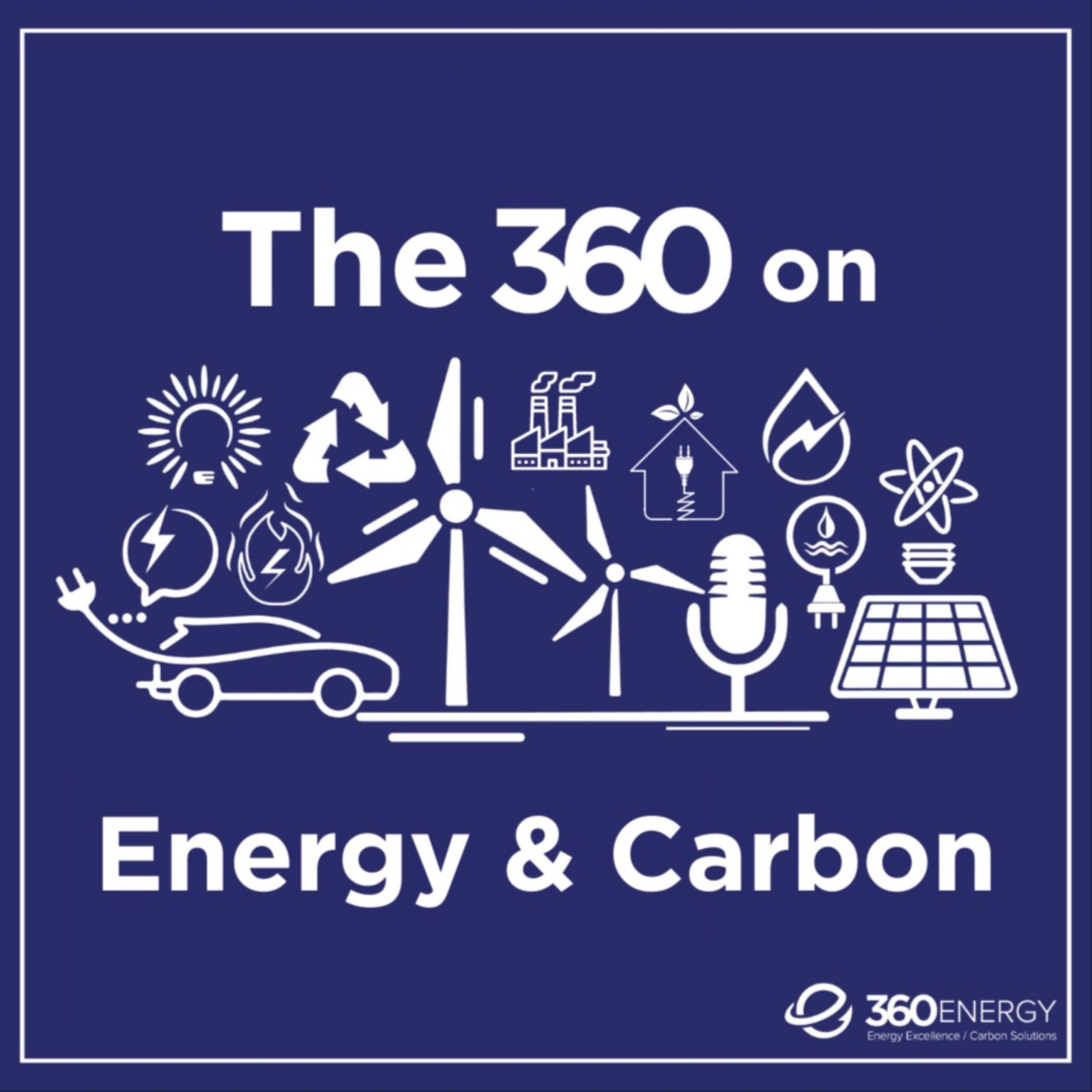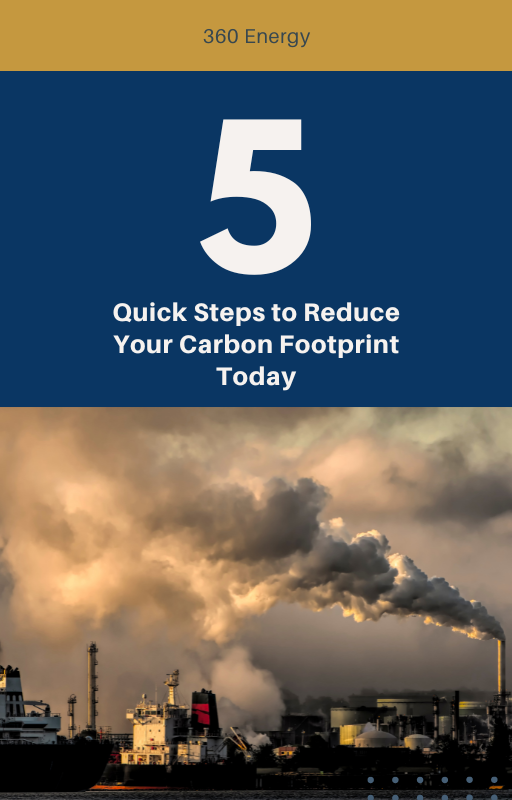

MESSAGE FROM THE CEO
What climate change and football have in common?
Many people think that energy management consists of single and independent actions such as doing energy audits, installing or retrofitting new technologies or just purchasing commodities once a year.
They don’t make the connection that successful energy management is much more. When done correctly, energy management teaches how to engage employee teams, to use energy strategically and to exploit energy opportunities throughout the organization.
Also, many people have not yet made the connection that energy is directly related to climate. When people reduce their energy use, do they realize they also reduce their impact on the environment?
Not everyone does.
Read below how this simple analogy will help you win the game.

It’s time to deliver change in the Alberta Electricity Market
By Sheldon Fulton
Last week I opened my monthly Enmax utility bill.
My energy cost was $158.00. However, just $45 was for the actual electricity and gas I consumed.
The rest were charges for ‘delivery’ of the energy.
Only 28.5% of my cost was for the actual use of energy.
Also arriving in the mail last week was a book, ordered on-line from Amazon. It cost $39.95. It was delivered by Canada Post with no extra delivery charges added.
You can see where I’m going.
If Canada Post used the same costing model as Enmax, then the delivery charge for my $39.95 book would have been over $100. In that case, I would most certainly have driven to Indigo to pick it up instead.
So, I took a closer look at my energy charge.
I decided to check my retail options.
What happened?

What’s all the fuss about climate?
A quick (and easy to understand) refresher
Action on climate has been an issue constantly in the news.
During the recent federal election, many made a link between energy use and climate change. Others were not convinced.
Beyond the rhetoric, the opinions and the controversy that surrounded this issue, can we find a clear and concise description of what is going on?
How do climate scientists describe the physical process that is heating up our planet?
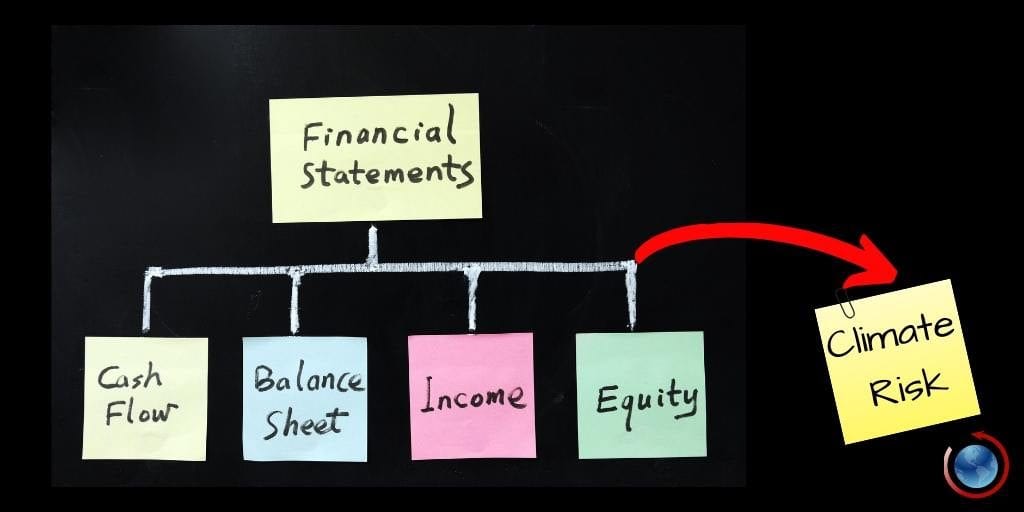
Climate Risks need to be Reported in Financial Statements
Corporate executives and financial professionals should begin quantifying climate risks and reporting them in their financial statements, according to sustainability expert, Dr. Bob Willard.
“Canadian business leaders need to recognize and anticipate the emerging financial impacts of climate change,” Willard told the business executives in attendance at a recent seminar hosted by 360 Energy and CPA Canada.
“Companies face real risks which they need to quantify and report.”
Extreme storm events have been linked to a rise in air, sea and land temperatures. The risk is that such events may become more frequent, interrupting supply chains, damaging capital assets and disrupting operations. The rising cost of insurance has financial cost implications.
Other risks attributable to a warming climate can include volatile price swings to commodity input costs. Lower emission technologies entering the market can be disruptive to incumbent operators. Changing consumer preferences and reputation risks can hurt companies that are negatively perceived in the marketplace. Risks such as these can, and should, be quantified in order to give an accurate corporate financial picture.
Dr. Willard did point out, however, that the opposite side of the coin from risk is opportunity.
READ DR. BOB WILLARD’S EXPERT ADVICE HERE

Emissions Free Trucking Gaining Traction
The wheels are being set in motion for a revolution in heavy duty trucking. A pilot project to test the feasibility of using hydrogen to power electric drive trucks with zero tailpipe emissions is underway in Alberta.
Called the Alberta Zero Emission Truck Electrification Collaboration (AZETEC), the project is intended to demonstrate that using electric motors to power heavy duty trucks is feasible and cost competitive with the internal combustion diesel engines used today.
CLICK HERE TO READ ALL THE DETAILS

COACHES CIRCLE
Executives may be wondering what is the pathway for responding to the challenges of climate change? Where should they start?
The answer in a nutshell? Take a proactive and continual approach to managing energy and water.
More specifically, here are 5 steps every executive should consider taking.
